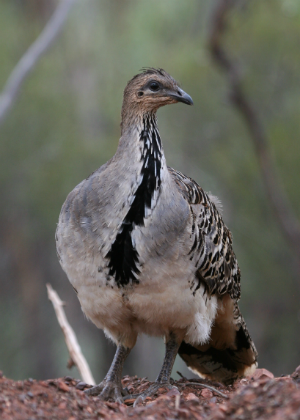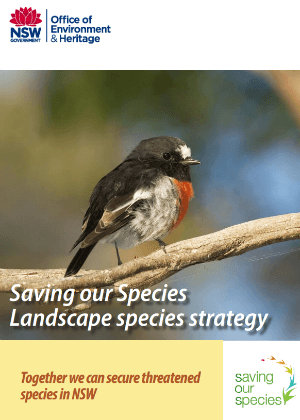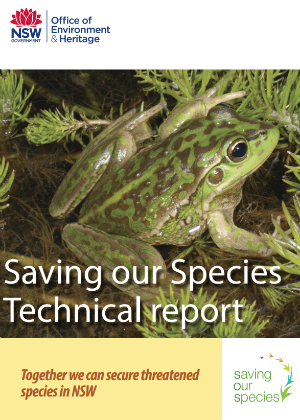Rising temperatures and sea levels and climate-induced changes in fire regimes, water quality and ocean chemistry will have a wide-ranging impact on biodiversity in NSW. Climate change is also expected to intensify existing threats to biodiversity, such as habitat loss, weeds and pest animals, and drought.
Species that have survived previous climatic changes by evolving, moving or changing their behaviour may find it more difficult to use these coping strategies when the change is rapid, especially where their habitat is degraded or lost.
The priorities outlined in this document have been identified in response to the listing in 2000 of ‘anthropogenic climate change’ as a key threatening process to NSW biodiversity under the Threatened Species Conservation Act 1995 (see the Appendix). It draws on recent national and state assessments that have evaluated the likely impacts of climate change on species and ecosystems in the state.
A broad range of management strategies and mix of actions from the species level up to the landscape level are needed, particularly in light of the uncertainty around both the climate projections and the ecological impacts. While it will be possible to build on many existing conservation programs as a foundation for conserving biodiversity in the face of climate change, some adjustments and new approaches will also be necessary.











